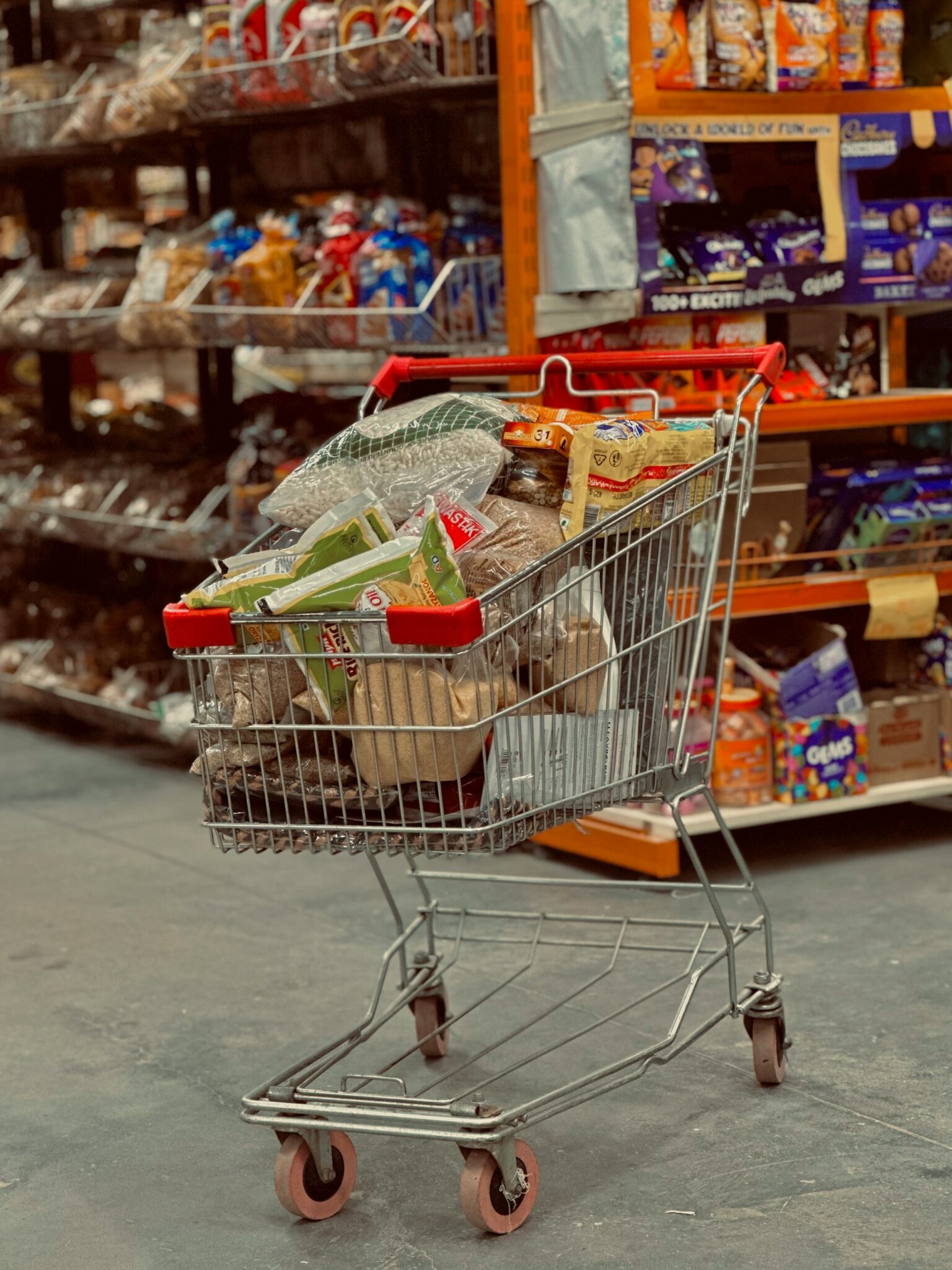The Croatian Competition Agency (AZTN) has published its annual market research on retail trade in general goods, primarily food, beverages, and household hygiene products, for 2024. The survey analyzed 41 key retailers, representing the most significant players in the sector by revenue.
In 2024, total revenues from the surveyed retailers reached €8.41 billion, reflecting nominal growth of €679 million, or 8.8 percent, compared to €7.73 billion in 2023. This growth is slower than the double-digit increase recorded in the previous year, reflecting a reduction in the consumer price index for food and non-alcoholic beverages, which rose by 3.9 percent in 2024 compared to 12.7 percent in 2023.
The total number of retail outlets among the surveyed companies increased to 5,266 in 2024, up by 126 points of sale (2.5 percent) from 2023, with the largest expansion recorded in small-format stores. Net sales area also grew, reaching 1.63 million square meters, an increase of 2.2 percent, primarily driven by supermarkets.
Konzum plus remained the largest grocery retailer in Croatia, with a market share of 20–30 percent and 636 outlets, although it recorded a slight decline in market share. Studenac led in the number of outlets with 1,411, predominantly small-format stores. Members of the Schwarz Group, Lidl and Kaufland, together held a market share of 20–30 percent, with both companies experiencing modest single-digit revenue growth. Other top performers by revenue growth included Plodine, Spar, NTL, Tommy, Eurospin, and KTC. Regional retailers such as Boso, Ribola, and Slavonija-Bošković also recorded notable revenue increases.
Market concentration indicators suggest a relatively competitive retail sector. The CR10 indicator for the top ten retailers increased slightly to 87.8 percent, while the CR5 for the five largest retailers decreased marginally to 66.3 percent. The Herfindahl-Hirschman Index (HHI) remained low at 1,409 points, indicating an unconcentrated market at the national level.
Revenue growth was observed across all twenty counties and the City of Zagreb, with the highest nominal increases in Zagreb (€109.4 million), Split-Dalmatia (€84.6 million), and Osijek-Baranja (€44.3 million). Supermarkets continued to dominate sales, generating €4.4 billion, while hypermarkets and small stores recorded revenues of €1.66 billion and €731 million, respectively. Supermarkets and hypermarkets accounted for 72 percent of total grocery retail revenue.
Online sales remain limited, with only seven retailers offering e-commerce platforms. Loyalty programs were implemented by 14 retailers, led by Konzum plus, Lidl, Kaufland, Studenac, and KTC.
The AZTN also examined gross trading margins across eight product categories, finding the highest margins in bakery and confectionery products, followed by fresh fruits and vegetables. Six of the eight categories recorded slight increases in margins compared to 2023.
The research additionally explored potential territorial supply restrictions, finding that most surveyed retailers had not encountered such practices, although a few noted examples consistent with European Commission decisions, such as the Mondelez Trade Restrictions case.
The full report provides a detailed overview of the Croatian retail market for general goods, covering trends in revenues, market shares, retail formats, regional differences, online sales, loyalty programs, and gross margins.


